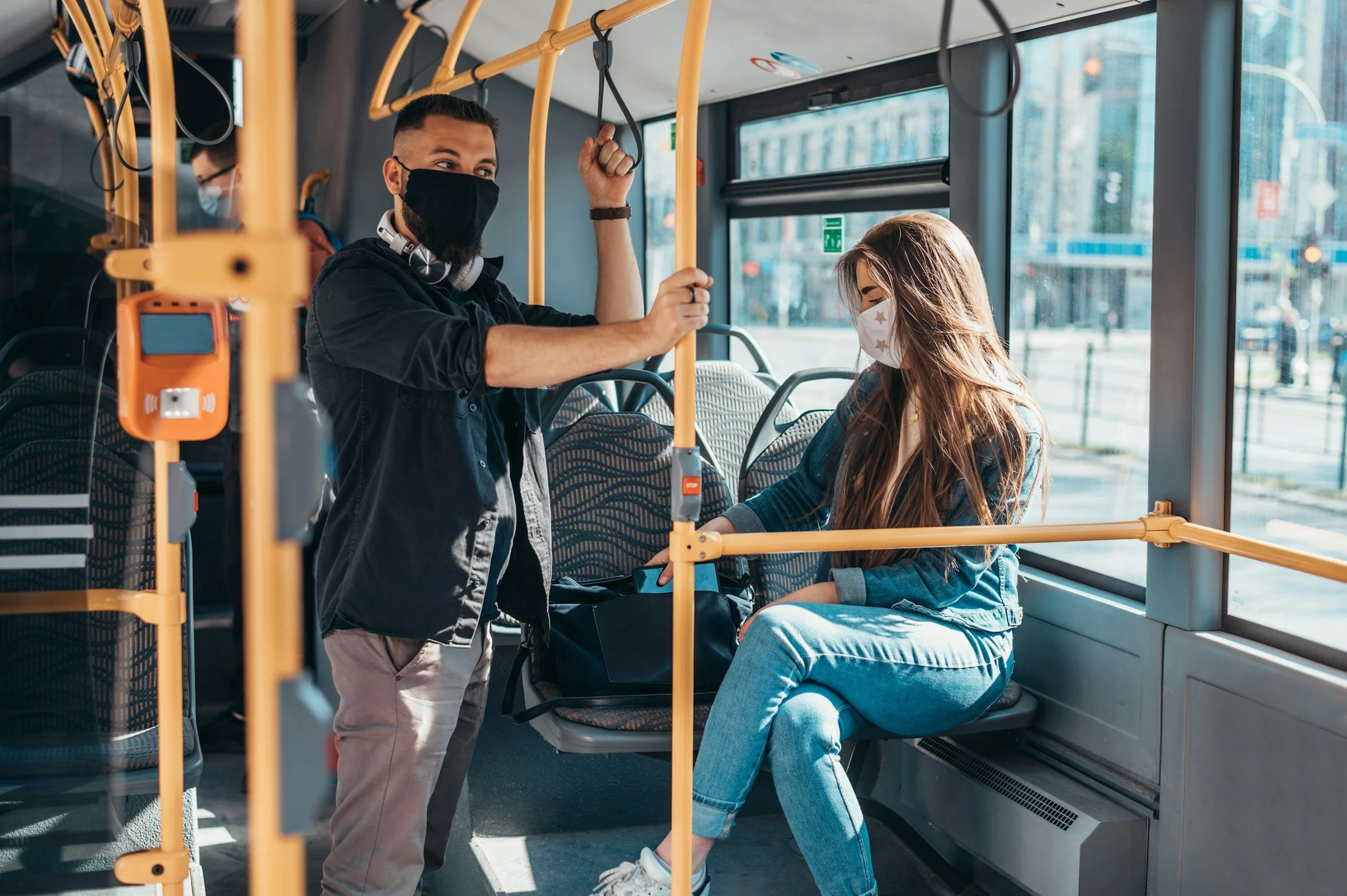Insight.
Understanding the underlying drivers of human behaviour.
Understanding the underlying drivers of human behaviour is key to crafting effective strategies, communications, services and interventions.
The following case study is a great example of this.
Case Study :
Behavioural Insights Into Slips, Trips, and Falls: Enhancing Safety on London Buses.
Transport for London (TfL).
Summary
This case study illustrates how SoMoCo used a behavioural audit to identify opportunities for reducing slips, trips, and falls (STFs) on London buses, yielding actionable insights to inform future interventions.
Context
Transport for London (TfL) wished to reduce the number of slips, trips, and falls (STFs) occurring every year on London buses. Prior analysis suggested many of these STFs could have been preventable. Although extensive research into the causes of STFs existed, it tended to focus on technological and engineering failures, or analysis of driver behaviour.
Research that explored customer behaviour relied on ethnographic observations and self-reported accounts of falls yielding only limited insight into the underlying drivers of their injuries.
What was missing was a behavioural analysis of the WHY – specifically, why some customers were not using embedded safety measures like handrails and button presses designed to alert drivers of the need to stop without the need for a passenger to stand whilst the bus was moving.
TfL hoped that deeper insights into the beliefs, attitudes, and behaviours contributing to these incidents would inform development of effective, evidence-based interventions.
Behavioural Analysis
SoMoCo used a behavioural audit to evaluate existing behaviours within the context of London bus travel. This included:
Data Review and Interviews: The team reviewed existing research, casualty data, accident reports, and socio-demographic data through a behavioural lens. They also conducted in-depth interviews with bus drivers and operators to explore the circumstances leading to falls, examining sociological and environmental factors that may have indirectly contributed to these incidents.
Pattern Finding and Grouping Data: Using SoMoCo’s proprietary framework, the team identified patterns and grouped related data, deriving meaningful insights into the behavioural causes of STFs.
Behavioural Interventions
Based on the insights gained, TfL were able to identify several promising areas for further exploration and clear opportunities for behavioural interventions.
These were significant enough for TfL to commission SoMoCo to undertake a Behavioural Deep Dive with the ultimate aim of designing a novel behavioural intervention for trial on London buses.
Results & Impact :
SoMoCo identified key behavioural drivers:
Inattentive Blindness and Goal Orientation
Passengers focused on getting to a desired seat often overlooked safety devices.
Habitual Preference
Passengers exhibited strong habitual behaviours, prompting unnecessary movement during transit.
Fundamental Attribution Error
Passengers who were less sure of the causes of their fall conflated their accounts, attributing falls to driver error rather than psychological or external factors.
Fear of Contamination
Some passengers, had irrational feelings of revulsion, disgust, or fear of contamination from touching handrails, a legacy of COVID-19.
Social Norms and Herd Mentality
In the absence of clear rules, passengers followed others' behaviours, reinforcing unsafe practices.
Testimonial :
“SoMoCo have been instrumental in developing TfL’s bus customer injuries workstream and associated projects. TfL commissioned a Behavioural Audit into slips to slips, trips and falls on buses, looking at behaviours that increase the chances of these incidents occurring. Taking a behavioural science approach and identifying the reasons why some customers behave in ways that put them at risk of injury has provided us with brand new insight into customer behaviour and enabled us to tailor our solutions accordingly. We are continuing to work with SoMoCo on a variety of work including stakeholder workshops and the development of learning materials, which will help us and stakeholders take a behavioural science approach to future work.”
EMMA WHITE, BUS SAFETY DEVELOPMENT MANAGER, TfL




